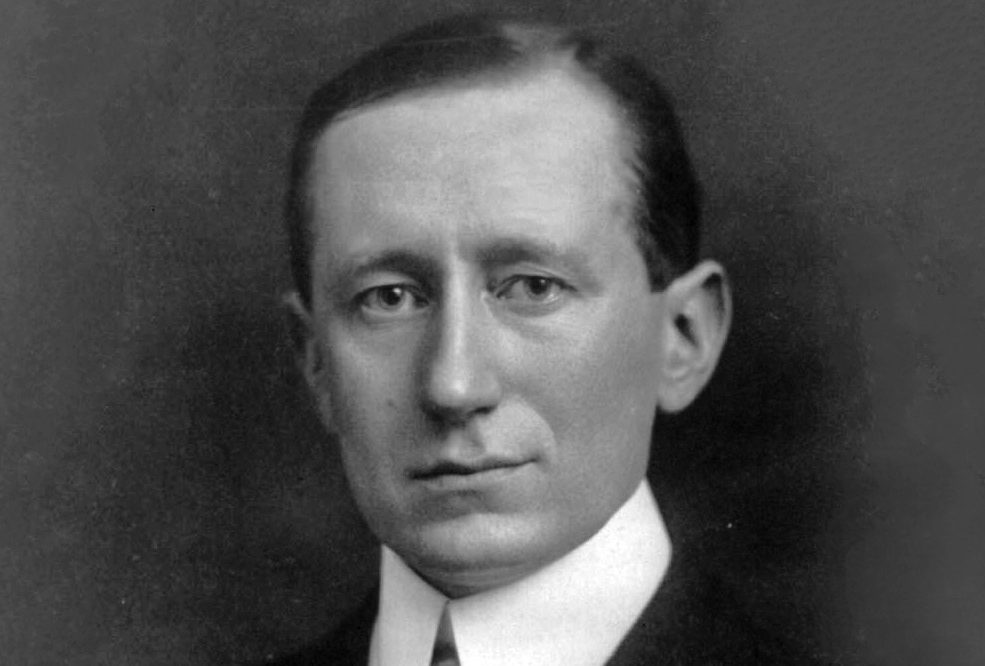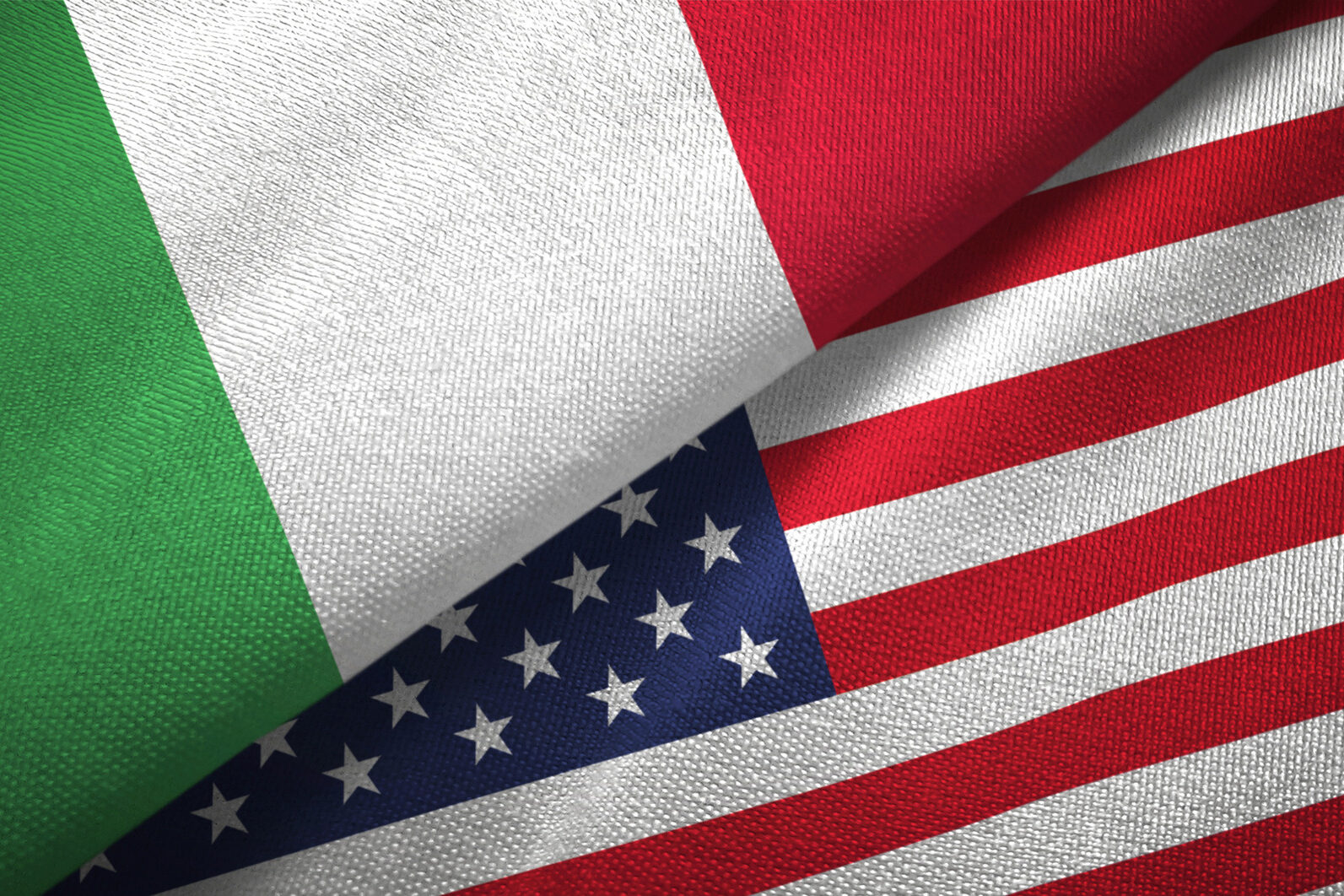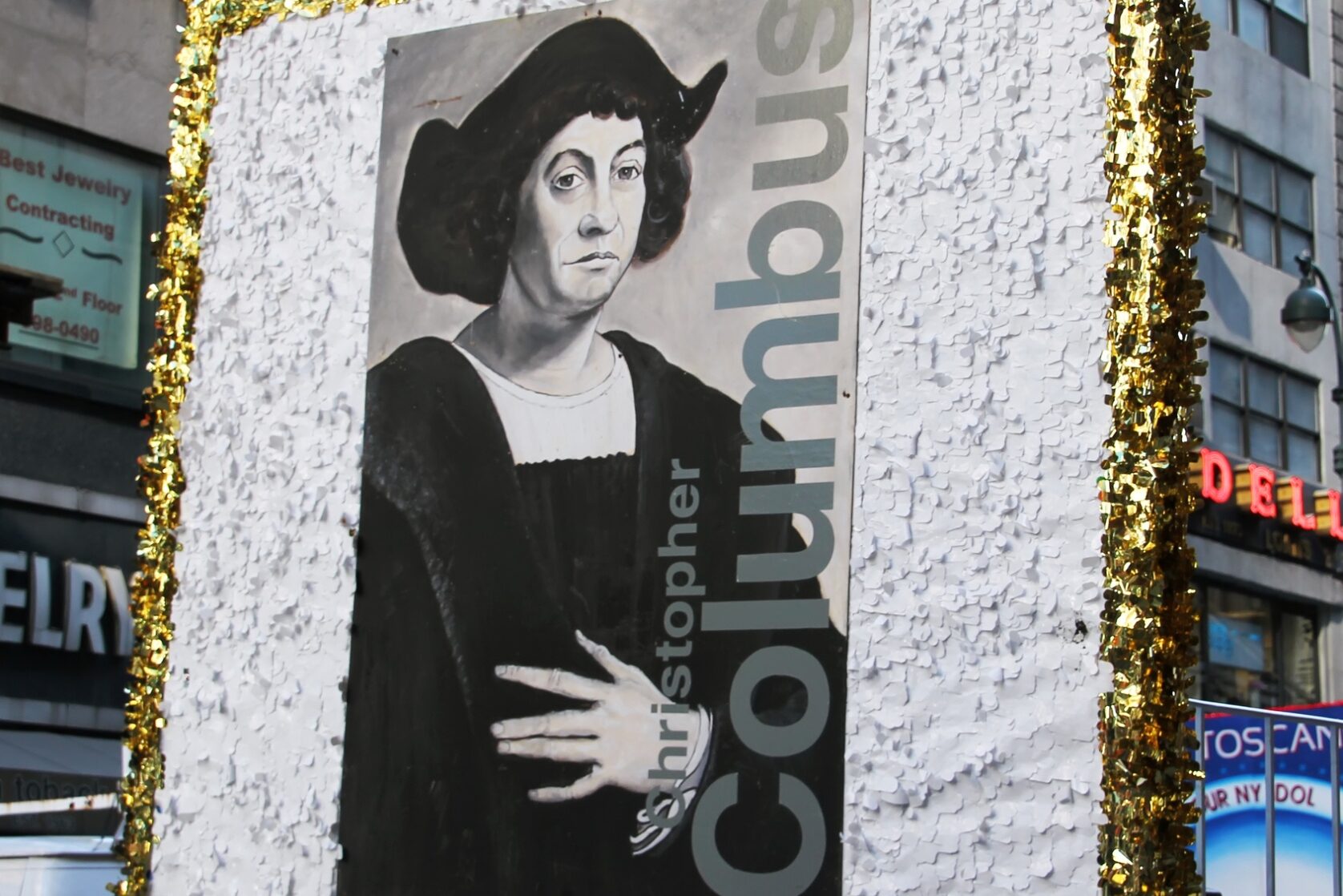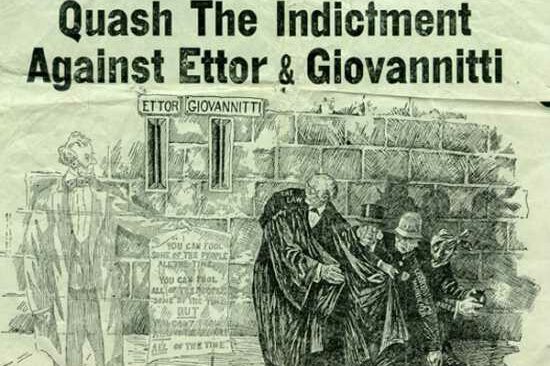Dear Readers,
More January jottings with an Italian connection:
Avanti...Our Italian Heritage New Year resolutions should include becoming more active in Italo-American organizations. Admittedly, some of the sparkly has dimmed due to the fact that many of our beloved leadership lights have been extinguished, but happy memories we have and can continue to have by becoming more active in our clubs and organizations.
***
Bagna Cauda (Bagna Caoda in Piemonte), a hot bath of olive oil, anchovies and garlic is eaten all winter long these days, but traditionally when the workers finished picking and crushing the grapes, “la vendemmia”, or at the end of the harvest year, workers would share a pot of bagna cauda, set over heat in the middle of the table and dip crisp raw vegetables into a steaming garlicky mixture of oil, butter and anchovies. This rustic dish, is part of an authentic Piemontese gastronomic tradition persisting today.
***
Clubs with an Italian Connection, Piemontesi Nel Mondo of Northern California will sponsor a “Bagna Caoda” di Piemonte feast, on February 8, 2014 at 2pm at “Casa de Feno” in Oakland, California. Call a Bagna Caoda Committee member for more information: Claudia (510) 526-8830 or Fred (510) 223-0786. Just as in the “old country”, they will be serving fresh vegetables, crusty bread and hot bubbling Bagna. They will also be offering the modern addition of beef, for those who prefer not to live by bread and veggies alone. If you cannot attend this event, stay in touch with the Piemontesi Nel Mondo of Northern California group, they have an excellent “Boletin” and many fun events.
***
The Piemonte region, Italy’s northwestern corner, bordering the Alps, is often overlooked by tourists except for the alpine resorts that cater to the international glitzy ski set or Torino, with its acres of Fiat factories, executive offices of megafirms (Olivetti), and former specialized firms like Lenci “Bambole di Lusso” on via San Marino. Unlike most mega-firmed metropoli, Torino has an oasis of green, “Parco del Valentino” in the middle of the city. Designed in 1830, the park stretches along the left bank of the Po River, below Piazza Umberto. In the center of Parco del Valentino is the 17th century castle of Carlo di Castellamonte and nearby University botanical gardens, where among the well-tended roses and trees, lovers live up to the romantic Valentino name. At the park’s southern end is the Borgo Medioevale and adjacent castle, created for a World’s Fair in 1884.
***
Piemontesi café philosophers and radical thinkers in the 1830s decided it was time to oust Italy’s foreign rulers, forge an Italian state and push for a “Risorgimento” (revival). Almost 30 years later, King Vittorio Emanuele II of Piemonte and his Prime Minister Count Camillo Cavour whipped up a nationalist, anti-Austrian frenzy in the north. To get rid of a Bourbon king in Sicily, whose presence menaced the country’s unification, the two conspired with (and inspired) Giuseppe Garibaldi who along with 1,000 volunteers called the Red Shirts, journeyed from Genova to Sicily to help the Sicilians oust King Francis II and turn the territory over to Victor Emanuele.
***
Excerpts from Piemontesi Nel Mondo of Northern California Boletin:
Believe it or not! On Nov. 5, 1821, General Juan Bautista Bustos, military governor of the Argentine province of Cordoba, granted each of his veterans 1,500 hectare of presumably fertile land. If, however, the soldier in question happened to have a Piedmontese wife, then his allotment was doubled to 3,000 hectares. Which means that in Argentina in 1821 a single piemontesina was worth 3,750 acres.
***
Guglielmo Marconi started an era of global wireless communications on January 18, 1903, when he stood on a sandy bluff on Cape Cod, and sent a 54 word greeting in Morse code from President Theodore Roosevelt, across the ocean to England’s King Edward VII.
A few hours later, the King responded, completing a dialogue that at the time seemed like pure magic, just as our “no hands” garage door openers and “no wire” telephones seem today, to low tech ladies like me.
Marconi’s experiments of over a hundred years ago paved the way for today’s other wireless tools, including cell phones and pagers.
Back in 2003, to mark the centennial, members of the Radio clubs staged a weeklong radio marathon, communicating with other amateur radio enthusiasts around the world from an old Coast Guard post no far from the site of Marconi’s original radio station.
The event culminated with the worldwide transmission of a message from President Bush. Marconi’s daughter, Princess Elettra Marconi, was on the Cape, while her son, also named Guglielmo Marconi was at the family’s ancestral home in Bologna, Italy, to receive the message from his mother. Marconi, who was 28 at the time of the breakthrough, “had everybody against him”, says the princess, who gained her title by marrying an Italian nobleman. “He was so young and all the big scientists, like Edison, were saying it wasn’t possible. He had the intuition. He knew he could succeed. And he succeeded”.
Today, the site where Marconi sent his message is under water because of erosion. At very low tides a few remnants of its concrete foundations are visible beneath the surface. The events of Jan. 18, 1903, are commemorated with a small monument high on the sandy bluff. “Every time you dial your cell phone, every time you turn on the car radio and hear a reporter broadcasting live via satellite from Saudi Arabia- all of that was made possible by what Marconi did.
Marconi’s station on Cape Cod National Sea Shore included four 210-foot wooden towers. He built a similar station in Cornwall, England, and a relay station on Cape Breton Island, Nova Scotia. Marconi had been experimenting with radio transmission for several years, but his 1903 broadcast earned him worldwide praise. He won the Nobel Prize for physics in 1909.





























